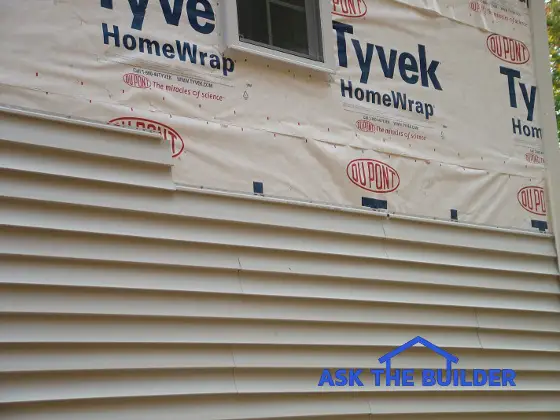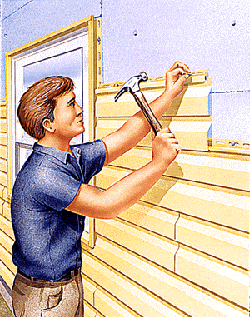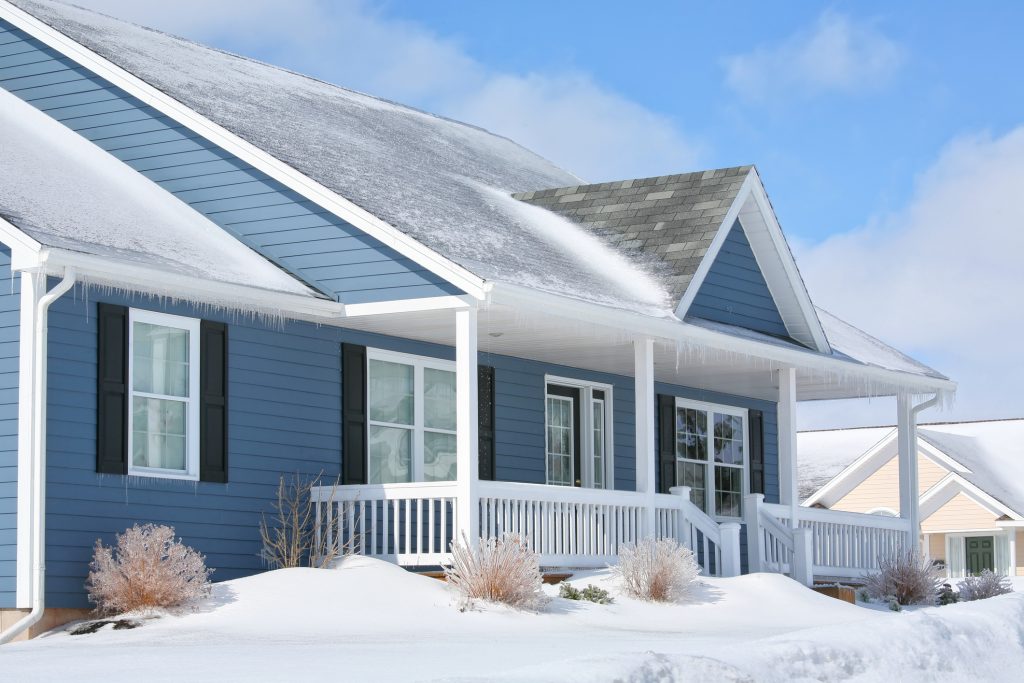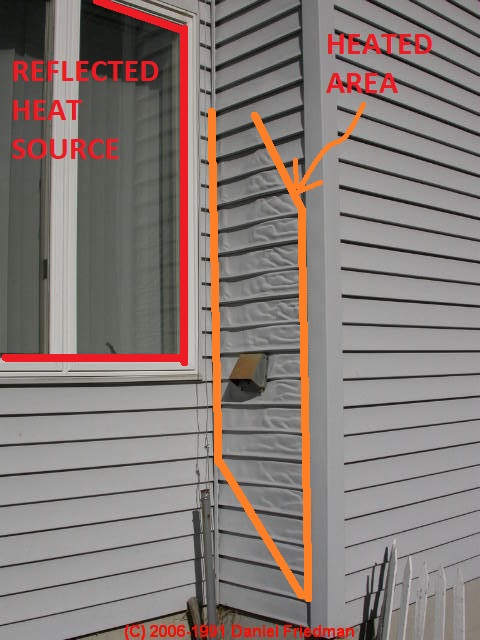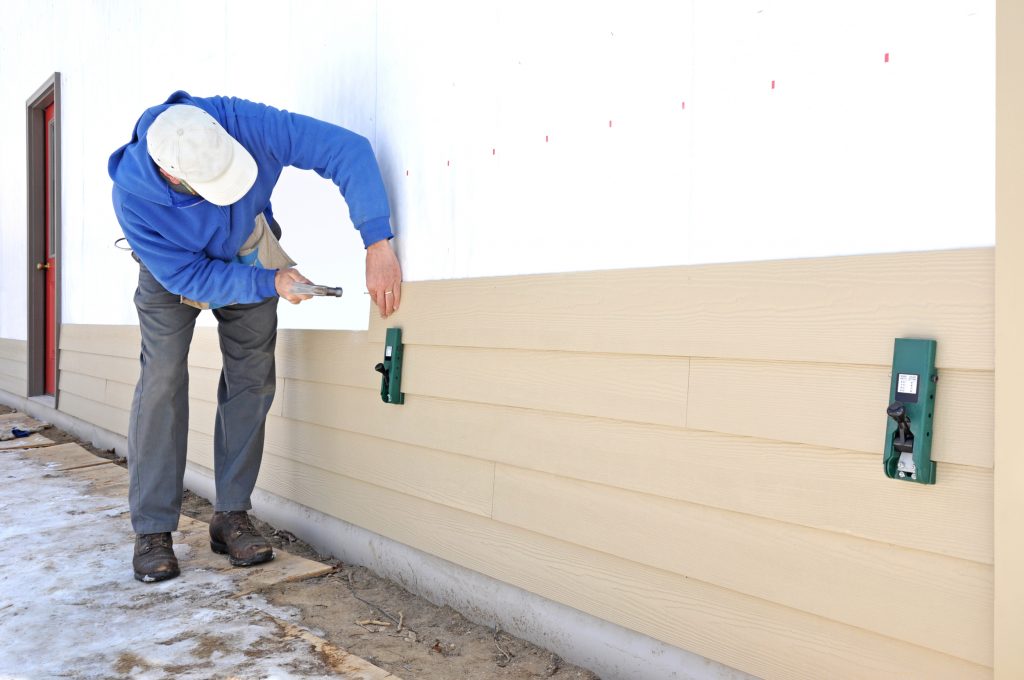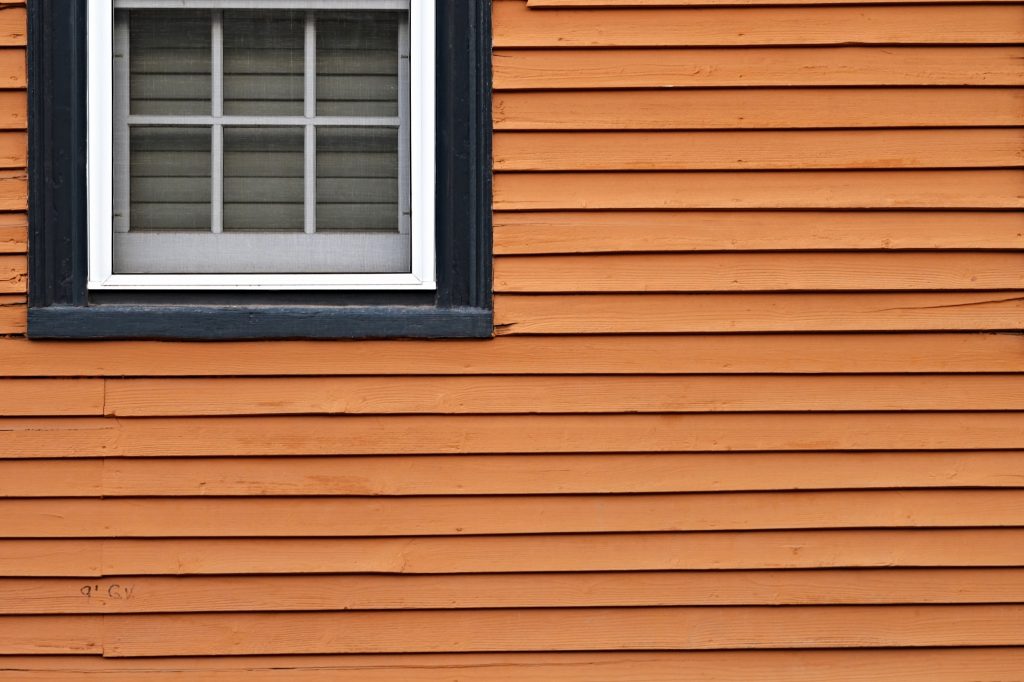Summer heat affects heat vinyl siding expands in the heat so if it s installed in hot weather and nailed in too tight it could buckle.
Installing vinyl siding in hot weather.
It also lasts for a long time before it needs to be replaced.
Installing vinyl siding can be done by a determined homeowner.
For home remodels vinyl siding can even be installed directly over some forms of existing siding.
Vinyl siding covers millions of new construction homes.
Vinyl comes in a variety of grains thickness and colors making it also a practical choice for many homeowners.
If you choose good quality vinyl siding it should last no matter the climate.
Cheaper vinyl can get damaged by either extreme heat or cold and bend or crack with fluctuating weather.
Paying attention to details is important when working with vinyl siding.
Whether you re replacing vinyl siding or installing it for the first time we ll show you how to get the job done.
Vinyl siding installation is most ideal during warmer weather but that s not to say it can t be done when it s cold outside.
However when the time comes and new vinyl siding is necessary it s best not to push off this task.
Best practices for successful results vinyl siding installation manual created by the vinyl siding institute vsi this manual includes installation instructions based in part on astm d4756 standard practice for installation of rigid pvc siding and soffit.
For many homeowners the only thing better than vinyl siding is do it yourself vinyl siding installation.
The fall and early winter provide the ideal temperatures for vinyl siding installation and ensure the least amount of problems as each winter passes.
Upgrading your exterior insulation air infiltration and weather barriers prior to vinyl siding installation is also a consideration.





